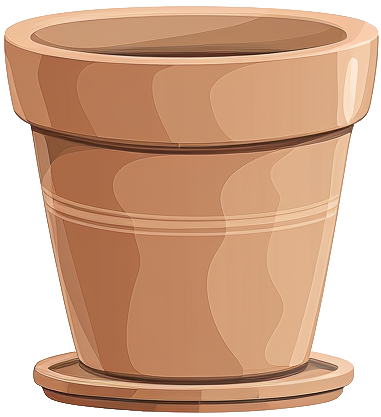- chlorophytum
- comosum
- 'bonnie'

chlorophytum comosum'bonnie'
Care level
Easy
Popularity
Popular
Variegation
Striped pattern
This spider plant features uniquely curled, reflexed and twisted leaves with dark green and white variegation, unlike other varieties that have flat foliage. It grows in a distinctively rounded and compact habit, forming a more dense cluster of its bi-colored leaves.
Care & maintenance
Light
Bright light, usually located near windows but doesn't receive direct rays for more than an hour during the day.
Temperature
Wide range (50°F - 84.2°F)
Fertilization frequency
Low
Once per season.
Soil
Choose a General purpose mix: A versatile blend with excellent water retention and aeration. Provides balanced nutrition and suitable drainage for a wide variety of houseplants.
If you want to create your own substrate, you can make a mixture of the following soils:
Click on the soil name for more information.
Pot

Standard size
Prefer a pot with a classic width/depth ratio.
Incorrect or incomplete information?
In our goal of building the best plant database, we sometimes make mistakes or have incomplete information. You can help us fill these gaps!
Features
Size & growth
Medium
Trailing
Moderate growth
This plant grows at a moderate rate. It can reach 1 to 3 feet in height or spread.
It spreads horizontally, often along the ground.
Toxicity
| Cat | |||
|---|---|---|---|
| Dog | |||
| Human |
Reproduction & propagation
Fruits & flowers
Flowering & self-pollinating
The chlorophytum bonnie can produce flowers and therefore fruits.
This plant is capable of self-pollination, it does not need another individual to fertilize itself and therefore produce fruits.



